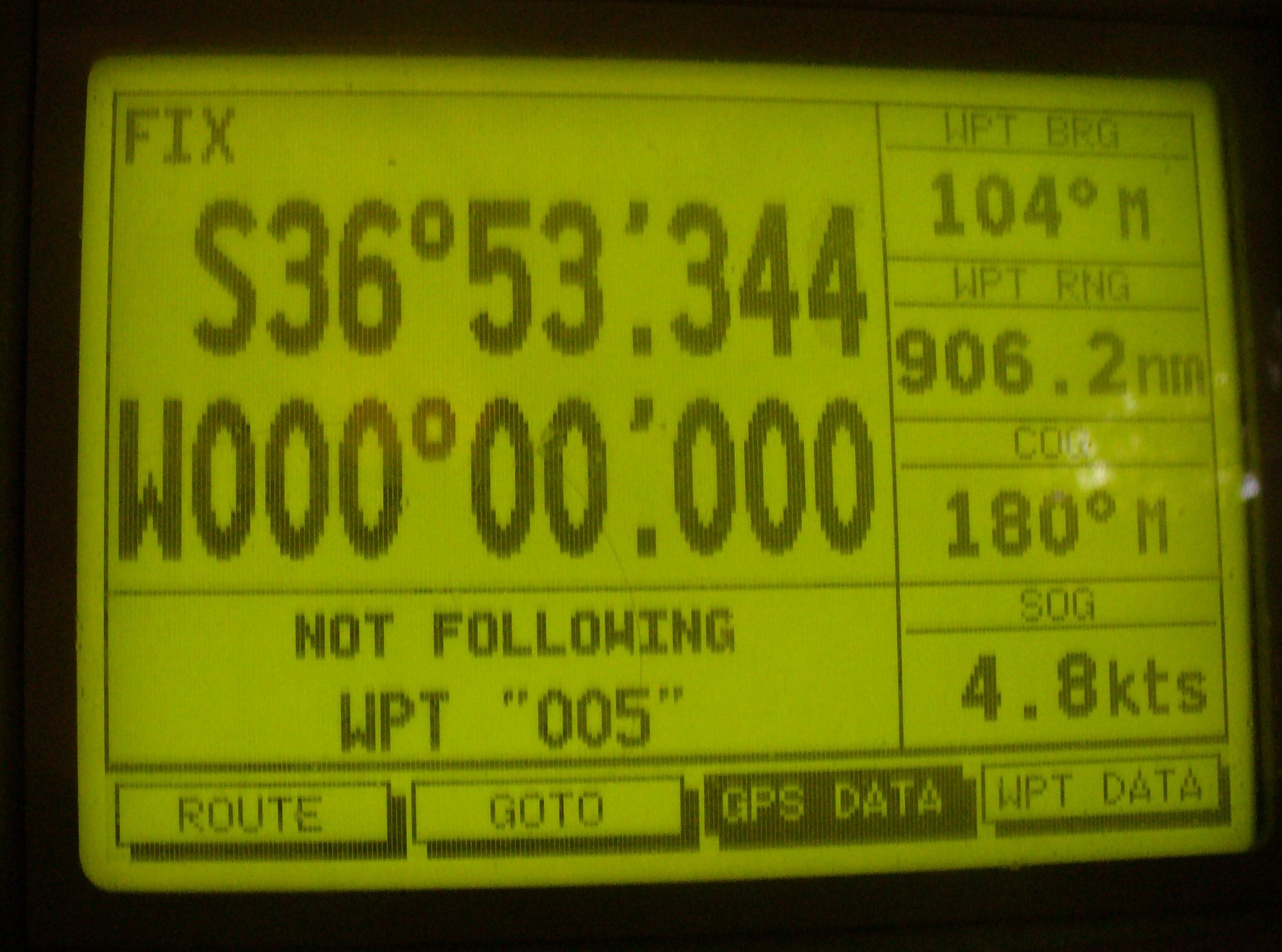Crossing the Prime Meridian
/This is our third time crossing the Prime Meridian in Nine of Cups. We crossed it twice before when we crossed the Atlantic from Uruguay to South Africa in 2006 and then again, when we crossed back to the USA in 2007. It's not quite as big a deal as crossing the Equator, but it deserves some recognition and a small celebration aboard.

The Prime Meridian, based at the Royal Observatory, Greenwich, London was established by Sir George Airy 1851. By 1884, over two-thirds of all ships used it as the reference meridian on charts and maps. At the same time the French also established the Paris Meridian. When the International Meridian Conference was held in 1884 to determine which meridian would become the world “official” meridian, the Greenwich meridian was chosen. The French did not agree and for several decades France was the only country that continued to use the Paris meridian. Go figure.
Setting our clocks to GMT (Greenwich Mean Time) or UTC (Coordinated Universal Time) is pretty irrelevant at the moment and has little effect on life aboard. Sunrise and sunset are the two most important times of the day and we probably won't bother to reset our clocks till we arrive some place where it matters. More important for us … we've just moved from the eastern hemisphere to the western hemisphere and the GPS proves it.
The point at which the Equator (0° latitude) and the Prime Meridian (0° longitude) intersect, known by sailors as the Golden X, is in the Gulf of Guinea off western Africa in the Atlantic. It is nothing more than a point of intersection for two imaginary lines. It has no geographical significance, but if you're a sailor and you sail to the Golden X, you become a Golden Shellback. Sorry, folks. We need to settle for being non-gilded shellbacks. The Golden X is too far off our route for a diversion, I'm afraid.



